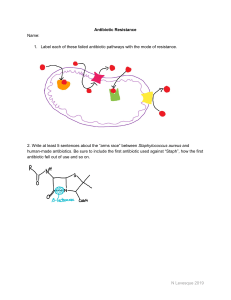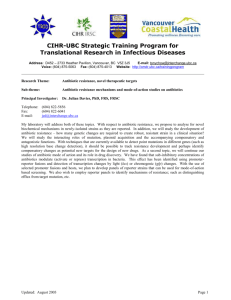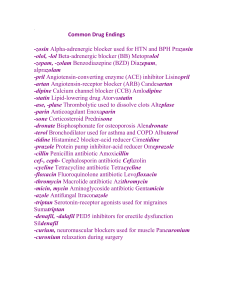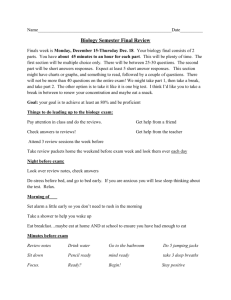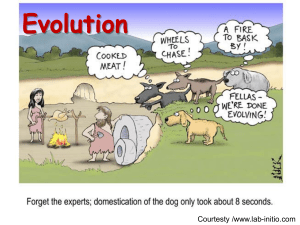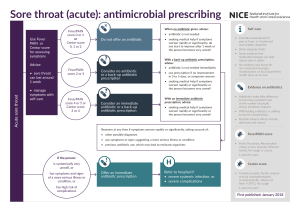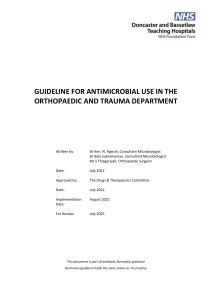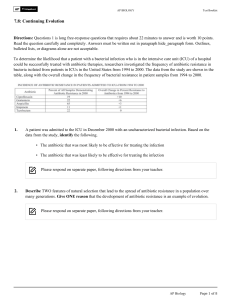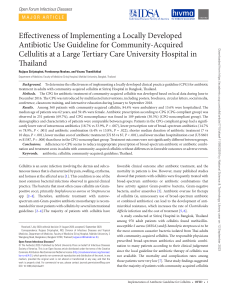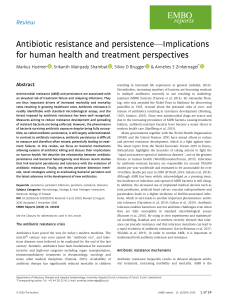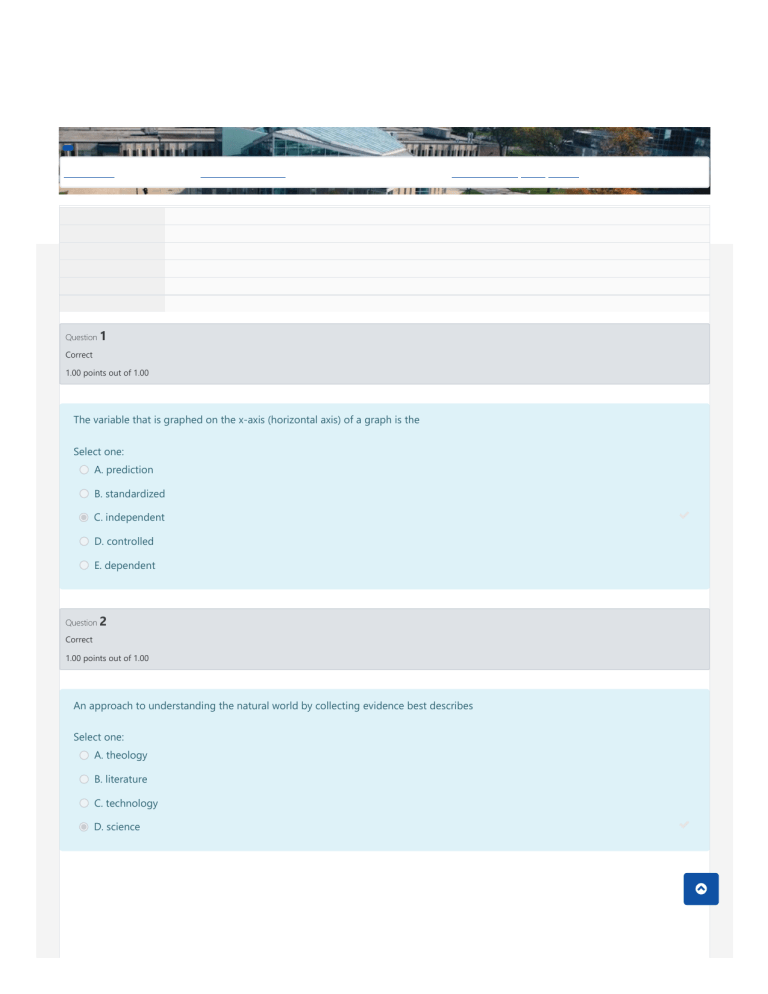
Question 1 Correct 1.00 points out of 1.00 The variable that is graphed on the x-axis (horizontal axis) of a graph is the Select one: A. prediction B. standardized C. independent D. controlled E. dependent Question 2 Correct 1.00 points out of 1.00 An approach to understanding the natural world by collecting evidence best describes Select one: A. theology B. literature C. technology D. science Question 3 Correct 1.00 points out of 1.00 If you made a list of the different illnesses you have had in your life, the type of data would be classified as Select one: A. model B. quantitative C. placebo D. qualitative E. statistically significant Question 4 Correct 1.00 points out of 1.00 About how many species are currently identified and exant on Earth? Select one: A. 1.3 million B. 5 billion C. 10 million D. 6 thousand Question 5 Correct 1.00 points out of 1.00 The scientific study of life is called Select one: A. astronomy B. biology C. chemistry D. geoplogy E. physics Question 6 Correct 1.00 points out of 1.00 If you wanted to investigate whether or not a new antibiotic is better than the standard antibiotic at killing a certain bacterium, the control group would Select one: A. receive the new antibiotic B. not be needed in a scientific experiment C. receive both the new and standard antibiotic D. receive the standard antibiotic Question 7 Correct 1.00 points out of 1.00 A group of similar cells that perform a specific function is a/an Select one: A. molecule B. tissue C. organ D. biosphere E. organ system Question 8 Correct 1.00 points out of 1.00 Most of the traits and activities of an organism's body are due the instructions in its cells called Select one: A. genes B. proteins C. homeostasis D. nutrients E. RNA Question 9 Correct 1.00 points out of 1.00 The genus of our species is Select one: A. Homo sapiens B. sapiens C. Hominidae D. Mammalia E. Homo Question 10 Correct 1.00 points out of 1.00 A testable, falsifiable, and tentative answer to a well-framed scientific question is called a/an Select one: A. experiment B. hypothesis C. conclusion D. observation E. law
